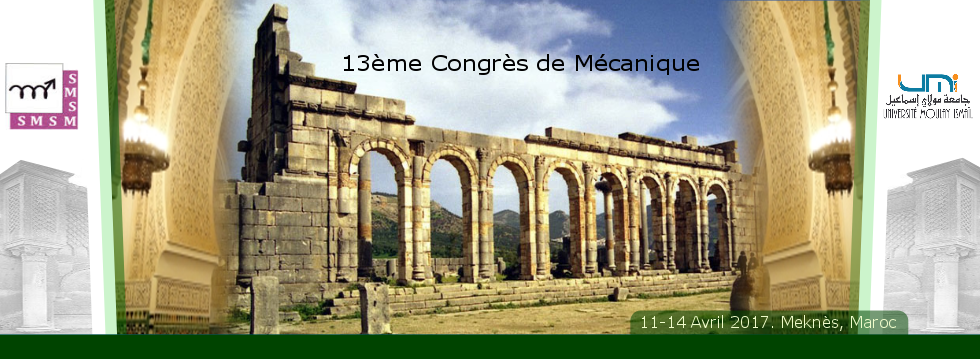Surface coatings by thermal spraying technique are extensively used in various industrial fields where the wear and corrosion resistance is paramount. However, mechanical performances are not always satisfactory because of high porosity, cracks and weaker adhesion. NiCrSiB is a Nickel based alloy universally recognized for its superior mechanical properties, attributed to the presence of hard-dispersed carbides and borides, which is dependent on the deposition technique. This work is devoted to the discovery by experimental study of the morphology, microstructure and mechanical properties of thick NiCrBSi coatings synthesized onto a mild steel substrate S235JR prepared beforehand using an oxyacetylene flame spraying torch (SuperJet Eutalloy, Castolin Eutectic). Composites materials will aim to combine the resilience of metals with high wear resistance specific of ceramics. In order to study the addition effects of a reinforcing ceramic phase on the microstructure and mechanical properties of the metal alloy, NiCrBSi coatings reinforced with tungsten carbide were also made. The resulting layers were analysed to study the evolution of the microstructure, the tungsten carbide dispersion in the nickel matrix, using characterization methods: optical microscopy, scanning electron microscopy coupled with EDS technique and X-ray diffraction analysis. Roughness measurements of the substrates and as-sprayed samples were made using roughness measuring system TIME TR200. Microhardness tests were carried out using microdurometer LECO M-400-A operating with a Vickers indenter with a square base and the load being 3N. Furthermore, the addition effect of the reinforcing particles on the microstructure and the mechanical performances of the layers were investigated. The results show that the microstructure contain some inhomogeneities such us porosity, microcracks for the composite coating and oxides. The XRD analysis revealed that the phases present in the coatings are different from the initial powders. In addition, the presence of WC hard particles makes the hardness of the composite coating much higher than that of the metallic alloy.



